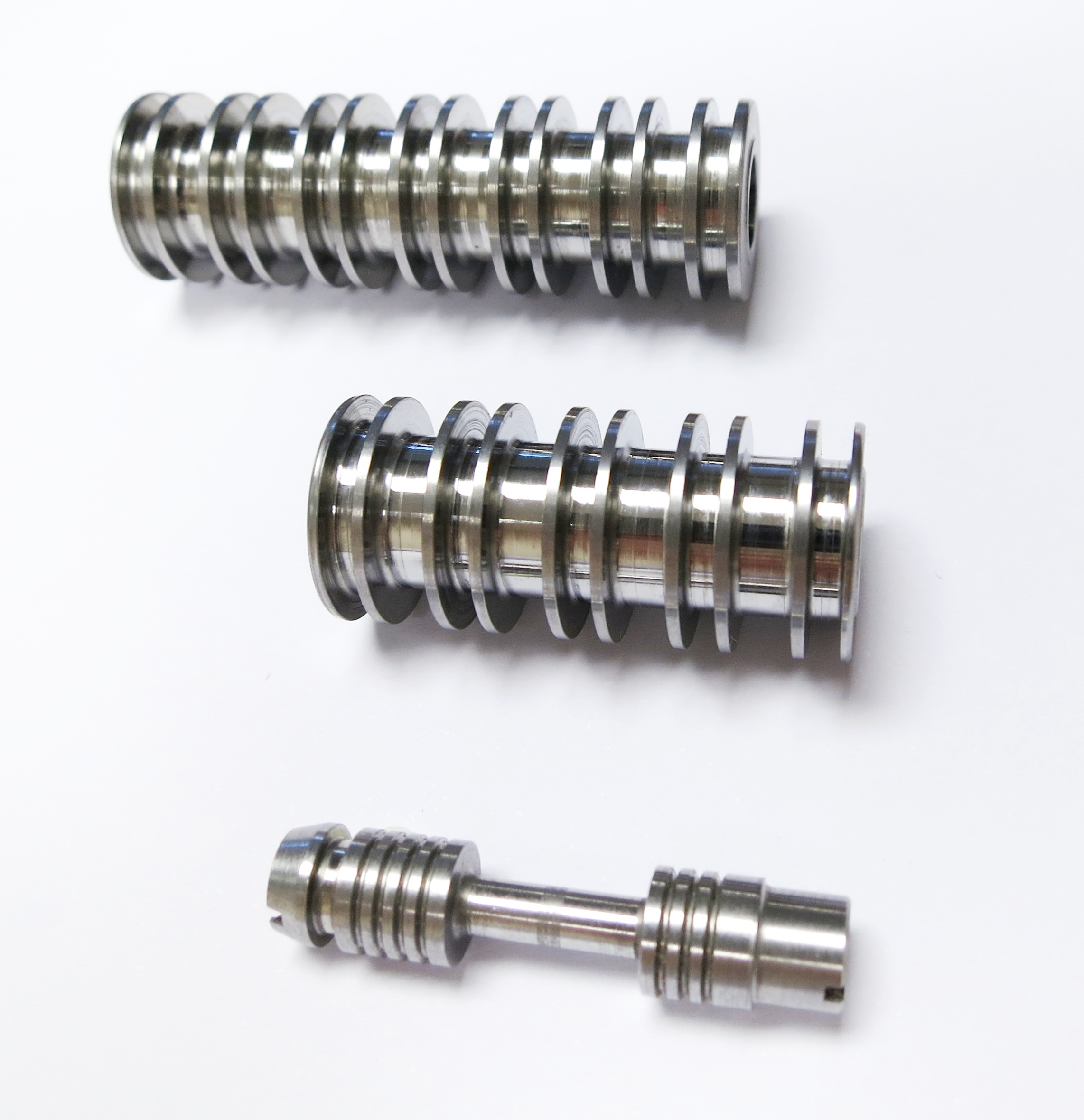Brake-by-wire
Since the post-1993 ban on active technologies, the FIA has been reluctant to allow more forms of electronically controlled systems. Yet for Formula One, in 2014 it decided to allow a brake-by-wire system. Rather than this being a performance-based rule change, the decision was to account for the greater degree of energy recovery available through the rear axle without upsetting the brake balance.
When the energy recovery system (ERS) is in harvesting mode, there’s a drag applied through the drivetrain to the rear wheels. This naturally alters the braking bias front to rear. With KERS, until last year the relatively small amount of energy recovered meant that variations around the lap or due to KERS failure were compensated for by the driver via the cockpit brake bias adjuster.
With 2014 allowing up to four times more energy to be harvested in a single lap, however, the impact on brake bias is far more pronounced. It’s unlikely that teams could set up the energy recovery system with a consistent braking effect for the entire lap and/or engineer a brake bias set-up to cope with the frequency and range of adjustments to react to the new energy recovery systems.
So the FIA has allowed the cars’ electrohydraulic control systems to manage the offset between the drivers’ braking demand and the reverse torque provided by their ERS. Controlled by the FIA’s SECU, this system will only take into account the demand at the pedal and the ERS into account. That way, any risk of teams engineering the system to create anti-lock braking or active front-to-rear bias control is prevented.
To achieve the brake-by-wire effect, the pedal and master cylinder set-up remains the same; a dedicated rear braking circuit is still used. However, before the brake lines split to each rear caliper, there is a pressure sensor and a servo valve linked to the SECU. Also linked to the servo valve is a high-pressure feed for the cars’ hydraulic pump, and this feed will power the rear brakes under normal braking. Unless a system failure occurs, the master cylinder pressure is not directed to the brakes.
Under normal braking, the SECU reads the rear brake line pressure as provided by the driver, the pedal master cylinder set-up and the torque being applied by the ERS. An algorithm works out the net pressure required from the-high pressure pump to deliver the driver’s braking demand minus the ERS effect. The servo valve then proportionately opens to deliver this pressure to the rear brake calipers.
With this set-up the brake bias set at the pedal is maintained, and the driver will alter the cockpit adjuster as usual to alter the bias. Although the appearance of brake balance buttons on the steering wheel, means controlling the brake bias offset can now be altered electronically from the steering wheel dials.
In the event of a system failure the servo valve will revert to a safe mode where the rear brake line pressure from the pedal/master cylinder is routed to the rear calipers. In this mode, the driver will therefore have rear brakes, but this will not account for the ERS braking effect. That means there is a risk of a locked rear brake, but that is better than having no rear brakes!
 Fig. 1 - In the event of a system failure, the spool in the servo valve will fail safe to manual braking (Courtesy of Moog)
Fig. 1 - In the event of a system failure, the spool in the servo valve will fail safe to manual braking (Courtesy of Moog)
Written by Craig Scarborough